Otemachi PAL Building demolition to begin in August
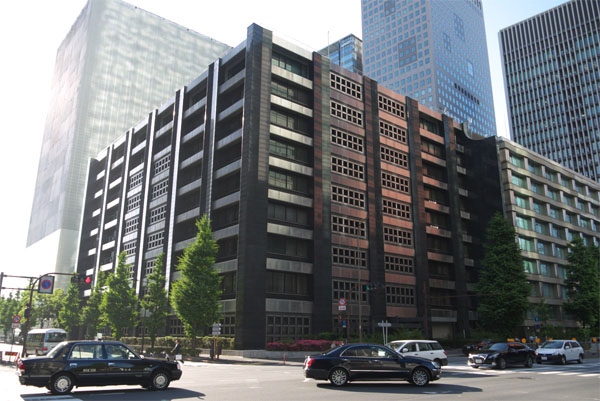
As part of the Otemachi 1-2 District Redevelopment, Kajima Corporation will begin demolition of the Otemachi PAL Building next month. The PAL Building, along with the Otemachi 1 Chome Mitsui Building and the Mitsui Bussan Building are all being demolished to make way for two new office towers which are due for completion between 2019 ~ 2021. The owners of the buildings, Mitsui Bussan and Mitsui Fudosan, are expected to contribute around 170 billion Yen (1.37 billion USD) towards the redevelopment.
The Otemachi PAL Building is a 9-storey building with a total floor area of 27,923 sqm. It was built by Takenaka Corporation and completed in 1961. Mitsui Bussan and Mitsui Fudosan acquired the building from consumer credit company Promise in 2011 for 72 billion Yen (approx. 900 million USD at the time). After the sale, Promise leased the office space until they moved into the SMBC Consumer Finance headquarters in Ginza in late 2013.Read more
Political power spot in Chiyoda to be rebuilt
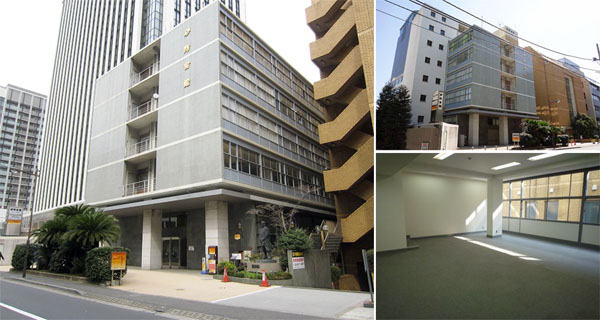
The building that once housed the head office of Japan’s Liberal Democratic Party (LDP) is going to be demolished and rebuilt starting next year. In recent years the 58-year old building has become increasingly worn out. The decision to rebuild was made after an inspection in 2014 found that the structure did not meet current earthquake-resistant standards.
A new building design will be selected in September and demolition will begin from April 2016. The new building is expected to be 7-storeys and should be completed sometime in 2018.Read more
Historic Daimaru Shinsaibashi Store Facade to be Preserved
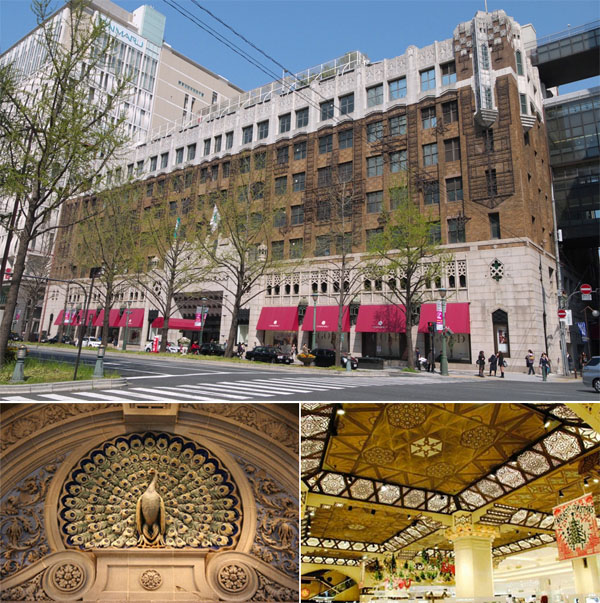
Last year, J. Front Retailing announced plans to redevelop the historic 82-year old Daimaru Shinsaibashi Department Store in Osaka. The ageing building was becoming increasingly cost and difficult to maintain, and was short on floor space.
Original redevelopment plans involved razing the building. After J. Front’s announcement, local architects and historians lobbied the company to preserve as much of the intricately-designed building as possible. Although redevelopment is going ahead next year, J. Front are now considering preserving the historic facade.Read more
Nagoya says arrivederci to Italian Village
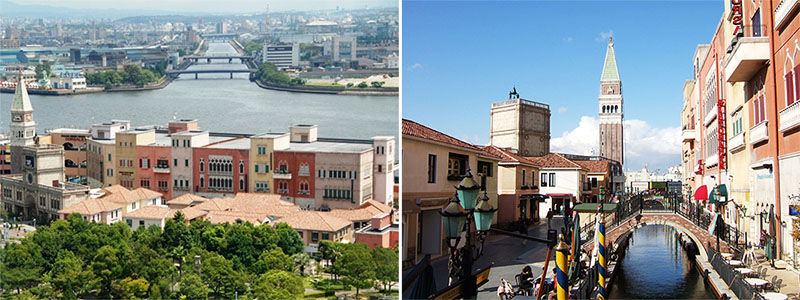
On June 2, the Nagoya Port Authority announced plans to remove the last remaining structures from the former Italian Village. Demolition is expected to cost 330 million.
The Italian Village shopping mall opened in Nagoya’s port side area in 2005, the same year that Turin was announced as one of Nagoya’s sister cities. The 31,000 sqm site included a reproduction of a Venice canal complete with authentic gondolas imported from Italy, a replica of the San Marco Square, a replica of the Statue of David, and a replica of the Bocca della Verita. Many of the 80 specialty stores featured Italian goods and groceries.
The mall was developed under a private finance initiative between the Nagoya Port Authority and Cest la vie Holdings Corporation. In its first year of operations, it had over 4.2 million visitors. By 2008, this number had halved and the operators filed for bankruptcy.Read more
Kyoto carries out first forced demolition
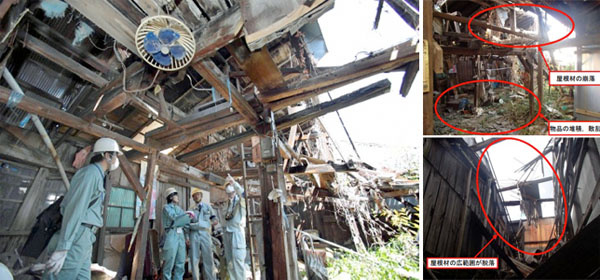
On April 30, Kyoto City began procedures to carry out a forced demolition of an abandoned house in Kamigyo-ku. This is the first case of a forced demolition to be carried out by proxy by the city.
The single-storey wooden structure, which was over 65 years old, was at the brink of collapse. It had once been a house with a workshop space that was used for the production of Nishijin-ori textiles. There were two owners listed on the property title, one of whom had since died, and another who could not be contacted.Read more
Historic hotel in Takarazuka to be demolished
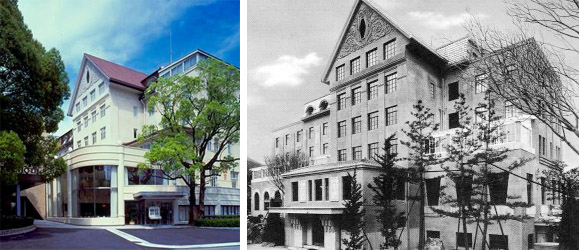
Hankyu Hanshin Holdings plan to demolish the historic Takarazuka Hotel in Takarazuka City, Hyogo Prefecture, and will build a new hotel in a separate location nearby.
The 5-storey hotel opened in 1926. It was developed by Ichizo Kobayashi, the founder of Hankyu Railway, the Takarazuka Revue and Toho, and local industrialist Kaemon Hiratsuka. Hankyu acquired the hotel a few years after it opened.Read more
Historic 84-year old apartment building in Chuo-ku under demolition

The historic Shokin Apaato in Chuo-ku, Tokyo, is being demolished to make way for a 13-storey mixed-use office and residential building.
Shokin Apaato was built in 1931, around the same time as the Dojunkai apartments. The 5-storey, reinforced concrete building was occupied by tenants up until 2013. The owner decided to rebuild as the building does not meet earthquake-resistant standards and has become too costly to maintain.Read more
